CFIA approves Oreka Solutions’ black soldier fly larvae as a protein ingredient in aquafeed
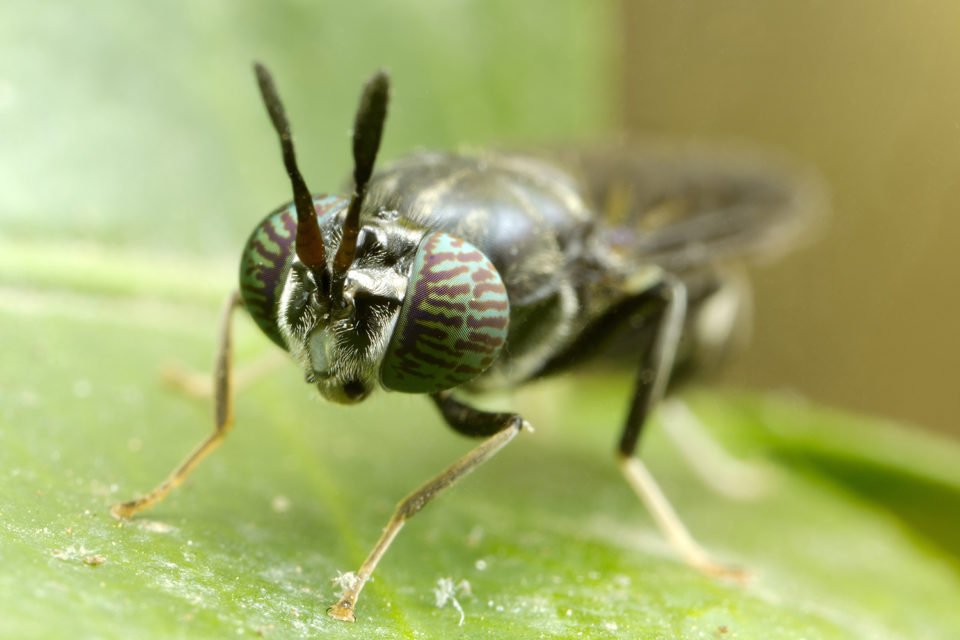
You may want to swat ‘em or zap ‘em around your house, but when it comes to fish feed, protein-packed black soldier flies are pretty useful, and a potential sustainability superstar.
In May 2019, Oreka Solutions got the green light from the Canadian Food Inspection Agency (CFIA) to sell its insect products as a protein ingredient in feed for salmonids, trout, tilapia and poultry. It’s the first company to get such CFIA approval in Ontario, and the second in Canada.
“We made our mandate to harness the power of insects,” said Jon Duschinsky, CEO and co-founder. “Our initial focus for the first five years has been the black soldier fly. We quickly learned that this particular insect had a huge amount to contribute to humanity and the planet.”
Founded in 2014, the “ag-tech” company based in Cambridge, Ontario creates feed ingredients from insects that have been shown to significantly reduce mortality and increase growth rates in livestock. Comprised of an international team of entrepreneurs, scientists and engineers, Oreka breeds and rears black soldier flies (BSF) using proprietary methods to maximize their essential nutrients and healthy fats. They then “capture this goodness” to make a natural feed product for fish and livestock.
“The kind of work that we’re doing, which is focused on really harnessing the power of the insect rather than just using it for its protein, has never been done before,” said Duschinsky, adding that the black soldier fly has a “huge slate of naturally occurring antimicrobial properties, which we are doing a pretty good job of harnessing and making available for livestock.”
Oreka began to scale up production in early 2017 and following successful trials in Canada and the United States it raised $1.8 million in funding from private and public sources to sell its feed ingredient products to the aquaculture and poultry markets. The company is working with a team of globally renowned scientists and researchers from across North America who have expressed hope that Oreka’s products could help boost feed efficiency and animal health.
“We have invested five years of R&D to develop what we believe are the only insect-based feed ingredients that can help farmers of all livestock improve the health of their animals,” said Duschinsky. “What’s been observed in the lab is that it helps support gut health of particularly young fish. Because 85 percent of the immune system lives in the gut, some of our customers have seen significant improvements in mortality and feed conversion ratio and increases in growth phase.”
“Insects are promising feedstuffs for animal feeds, as they contain not only valuable nutrients but also particular compounds that seem to be able to modulate animal microbiota and to optimize animal health,” said Dr. Grant Vandenberg, professor at L’Université Laval in Québec City, specializing in animal physiology and aquaculture. “Aside from the sustainability angle, there is a growing body of evidence that that addition of insects to fish diets increased immune response, reduced oxidative stress and improved survival.”

Bigger picture
Using “bugs as feed” could help tackle a pressing problem faced by the aquaculture industry: the need to increase production – some say tripling current levels – in the next decade to meet the growing global demand for protein. Fish farms provide approximately 50 percent of the world’s edible seafood supply – and that’s projected to spike in the near future – but the struggle is real to meet demand. The health and growth of many farmed fish species rely on fishmeal and fish oil – essential marine ingredients that have fluctuating costs and sustainability issues.
To prevent production and growth from stalling, the aquaculture industry is constantly on the hunt for innovative and sustainable alternative feed ingredients, looking at everything from algae to camelina oil. Insects are a promising solution, but production at commercial scale is a question. Brad Hicks, a veterinarian and partner in Taplow Feeds, an aquaculture feed manufacturer, says insect-based feeds have a few things going for them.
“People have been trying to get insects to produce food for animals for probably 50 years,” Hicks told The Advocate. “In the last 10 years, it’s become more practical and predictable for two reasons: Waste streams– raw materials from organic wastes such as vegetables and grains – have developed to the point where they’re consistent, so you can get the same raw material on a consistent basis to feed the insects. And the understanding of the husbandry of insects has dramatically improved. So, in other words, people have learned how to farm insects.”
https://www.aquaculturealliance.org/advocate/canada-eagerly-looks-camelina-oil-fish-oil-alternative/
Duschinsky said the elements are all in place for BSF larvae production to reach commercial scale. “All that was needed was the technology and the model to scale it, both of which now exist,” he said. “With this funding injection and CFIA approval we are ready to move to the next phase of our ambitious growth plan.”
Oreka Solutions is not the first insect production farm in Ontario, but it’s the only company in the province thus far to get CFIA’s go-ahead to sell insect-based livestock feed. Their feed source of choice is black soldier fly larva – a hardy insect that’s survived thousands of years and can flourish in tough environments. It’s also considered a “carbon positive” method because the BSF larvae are fed a special diet of unused, nutrient-rich scraps from Ontario’s agri-food industry. But Duschinsky says there are more reasons why the BSF is winning “insect of the year” in their books.
“It is native to Ontario and it has a relatively short [life] cycle, which allows you to be able to go through fairly quick production cycles,” said Duschinsky. “It also has a huge slate of naturally occurring antimicrobial properties, which we are doing a pretty good job of harnessing and making available for livestock.”
The entire process takes place at Oreka’s one-stop fly factory in Cambridge, Ontario, which is a feed mill, breeding center and processing plant all under one roof.
“Our harvesting technique allows us to harvest millions of bugs a day, almost without any human intervention,” said Duschinsky. “We put them through a processing system to ensure product quality and to turn this live bug into an ingredient that has a shelf life between six to 12 months, depending on the version that the customers want it in.”
Research is now showing insects contain constituents, such as chitin, lauric acid and beneficial antimicrobial peptides that are beneficial for fish health.
Currently, Oreka has the approval to sell Protein+ – a BSF larvae product optimized for its nutritional properties and that’s available in whole dried larvae or ground larvae. However, the company is also developing a series of feed formulas tailored to particular life stages in specific species. In the lab, Oreka is working on optimizing the nutritional properties of its product Immaris, which is custom-designed to suit immune systems and gut health of certain species.
“The immune system of a trout is slightly different from the immune system of a tilapia,” said Duschinsky. “We wanted to supercharge the impact of the product and make it really specific to the immune system of the particular animals that we’re working with.”
Two versions of Immaris, one each for cold and warm water fish species, will be available by the end of 2019. Oreka couldn’t comment on the price point or how many operators are currently using their product but shared that “the people who are using it are seeing the value.”
“The operators that have trialed the product with us have all committed to continuing to buy the product at the value, at the price point that it’s being sold,” said Duschinsky. “Demand is significant.”
With interest across Canada and internationally, the company finds itself at a pressure point. One of its biggest challenges comes “down to our capacity to scale,” he said, citing the need for more space and resources to keep up with the mounting demand.
“We have a 15,000-square-foot facility, which will be at maximum capacity by the end of the year,” said Duschinsky. “What’s next for us is expanding our facilities here in North America and growing to meet the market here.”
Another hurdle has been the red tape associated with government approvals in Canada. Duschinsky says the CFIA scrutinizes insect-based feed like genetically modified organism (GMO) products, which are considered to be very high risk.
“In the insect space, every single company making a product – even if it’s a product that has already been approved somewhere else – has to get their own approvals,” said Duschinsky. “It took us 19 months to get our approval. We’re a company that’s been around for five years, and we were in the lab for two of those.”
Game on
Oreka is only the second company in Canada to get CFIA approval, with Enterra Feed Corporation granted approval in 2016 to use BSF ingredients in aquafeed in Canada. Based in British Columbia, Enterra has been around for 10 years and has been a pioneer in the commercial production of BSF larvae for use in animal feed in North America. Andrew Vickerson, CTO and sales manager at Enterra, said he welcomes the competition.
“The approval of novel feed ingredients in Canada requires a review by the Feed Division of CFIA and is specific to each company,” said Vickerson. “The more producers that can sell in the market, the more secure the supply – and the more likely that the feed industry is to adopt the use of insect-based feed.”
With the purported benefits of insect-based feeds, he said it’s “game on” to scale up this technology as an alternative feed ingredient for the aquaculture industry. Research indicates that bugs may offer more than just a protein boost.
“Insect-based feed has the potential to offer a more natural, sustainable option for the aquaculture industry,” said Vickerson. “Research is now showing insects contain constituents, such as chitin, lauric acid and beneficial antimicrobial peptides that are beneficial for fish health. Insects are also listed as an organic input by the Canadian Organic Standards Board, which provides a new ingredient to help build this market segment.”
Dr. Vandenberg at L’Université Laval said insect larvae can bioconvert mycotoxin-infected grains, which have important negative impacts when fed to other animals. “As such, insect larvae can upcycle down-graded grains that are infected with mycotoxins without accumulation within the larvae and offer an avenue for valorising grains infected by harmful mycotoxins,” he said.
“Research and development in all aspects of aquaculture has driven our industry forward over the last three decades, and feed is no exception,” said Shawn Hall, spokesperson for the BC Salmon Farmers Association. “Salmon farmers have conducted trials in hatcheries on the use of insect meal in feed with positive results, so we’re really interested to see where this goes. Availability of a sufficient volume of insect meal has been a challenge to this point.”
Although producing enough product is a shared problem, both Oreka Solutions and Enterra are hopeful about the future of BSF larvae as an aquafeed ingredient and are focused on expansion. Enterra has constructed one of the largest insect farms in the world and has plans to build additional facilities in the coming years.
“Black soldier fly larvae are the best insect species for commercial production because they can be reared on lower-cost inputs, grow two to three times faster and two to three times denser than other insects such as mealworms and crickets,” said Vickerson. “As it pertains to other traditional feed ingredients, the black soldier fly will provide the industry with a more sustainable solution to meet the challenges it is facing.”
Oreka, also thinking expansion, is searching for a second facility and anticipates opening towards the end of 2020. The company is focused on building relationships “above and below” the Canadian border.
“We’re looking at Oreka as a knowledge company,” said Duschinsky. “Each one of these insects is a data point. The more we are able to understand about the insects, the more data we’re able to gather on it, the more work we’ll be able to do.”
Follow the Advocate on Twitter @GAA_Advocate
Now that you've reached the end of the article ...
… please consider supporting GSA’s mission to advance responsible seafood practices through education, advocacy and third-party assurances. The Advocate aims to document the evolution of responsible seafood practices and share the expansive knowledge of our vast network of contributors.
By becoming a Global Seafood Alliance member, you’re ensuring that all of the pre-competitive work we do through member benefits, resources and events can continue. Individual membership costs just $50 a year.
Not a GSA member? Join us.
Author
-

Lisa Jackson
Lisa Jackson is a writer based in Hamilton, Canada, who covers a range of food and environmental issues. Her work has been featured in Al Jazeera News, The Globe & Mail and The Toronto Star.
Tagged With
Related Posts
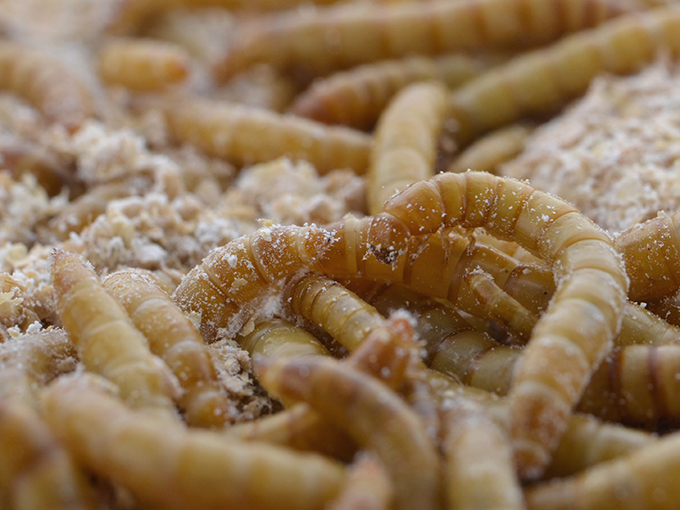
Aquafeeds
Larvae lunch, anyone? Insect-based feeds soon on aquafeed menu
This July, European Commission regulations allowing insect-based feed will be amended, and insect-farming companies like Agriprotein and Ynsect are gearing up for expansion in the EU.
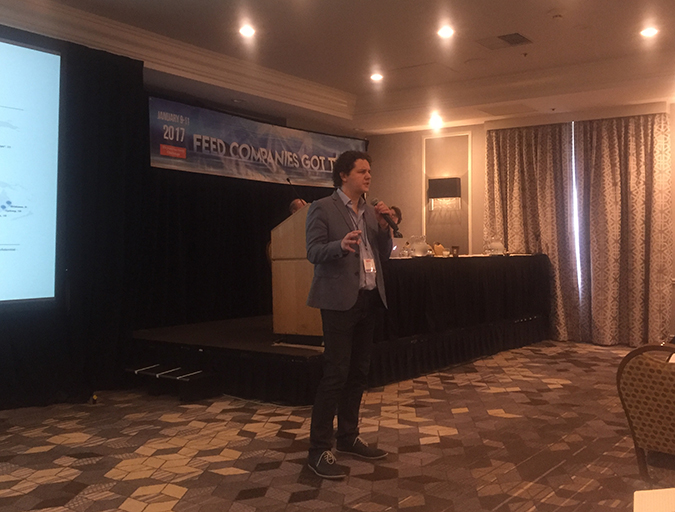
Aquafeeds
Talent show: Aquafeed companies show off at F3
Aquafeed manufacturers and alternative feed ingredient suppliers from all over the world gathered in Silicon Valley for F3, the Fish Free Feed contest. In the hub of innovation, solutions to a global problem were on full display.
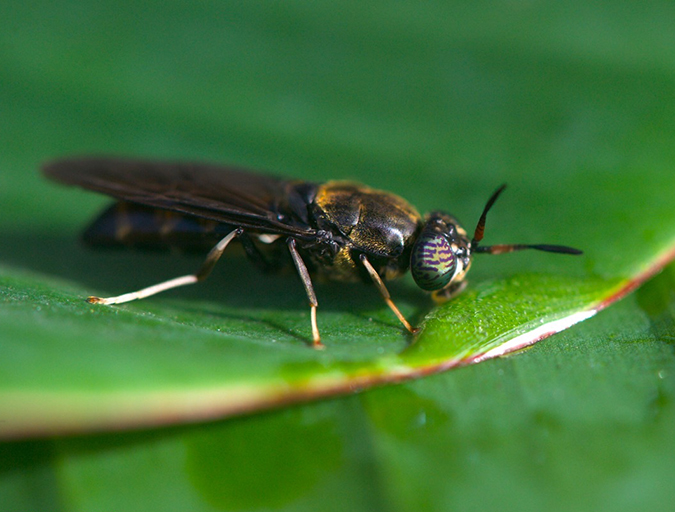
Aquafeeds
Buggin’ out: Tapping the potential of insect meal in aquaculture
Black soldier flies are gaining interest as a leading alternative ingredient in aquafeeds. But will the “ick” factor be a turn-off? Advocate contributor Clare Leschin-Hoar investigates.
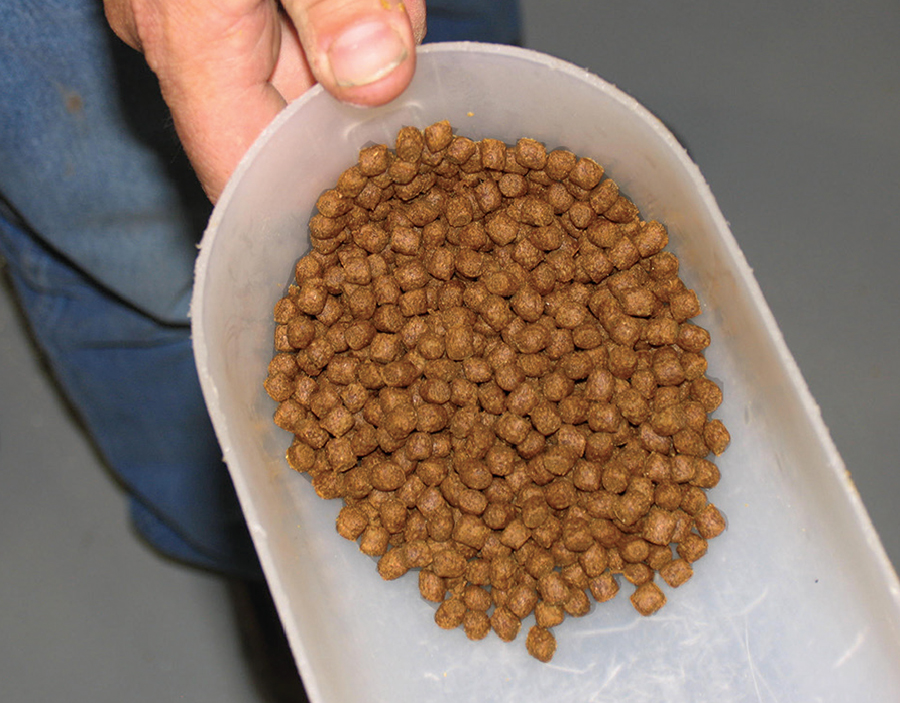
Aquafeeds
Insect meals: Novel protein, fat sources for farmed shrimp
Poor-quality ingredients can’t become good-quality ingredients. Quality protein is essential for the healthy growth of any omnivorous or carnivorous aquaculture species. Insect meals seem to fill this need, and their mass-scale production appears to be sustainable.


